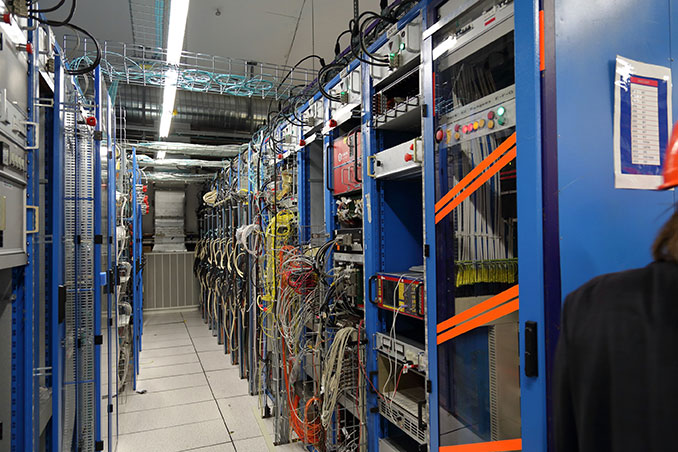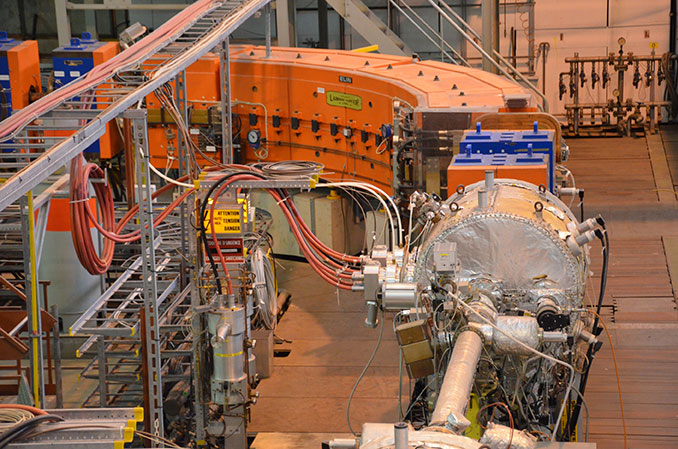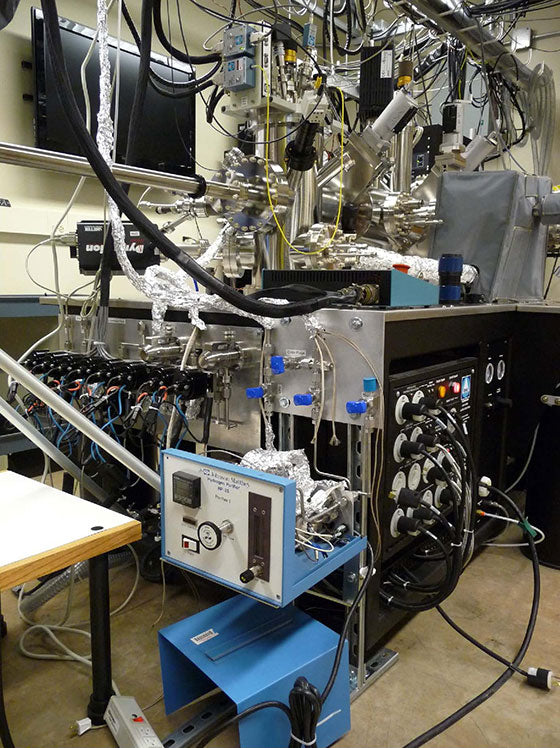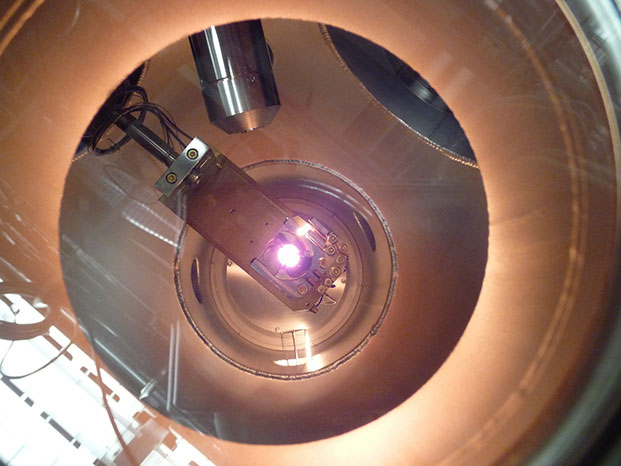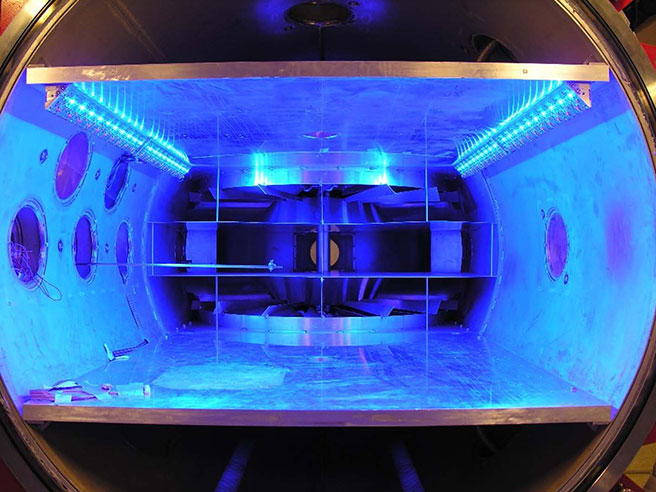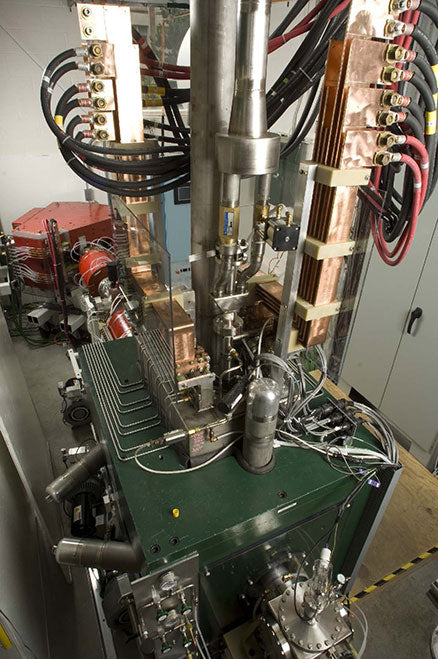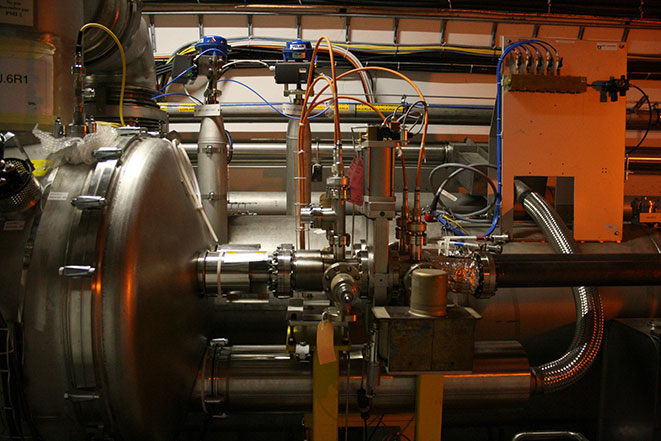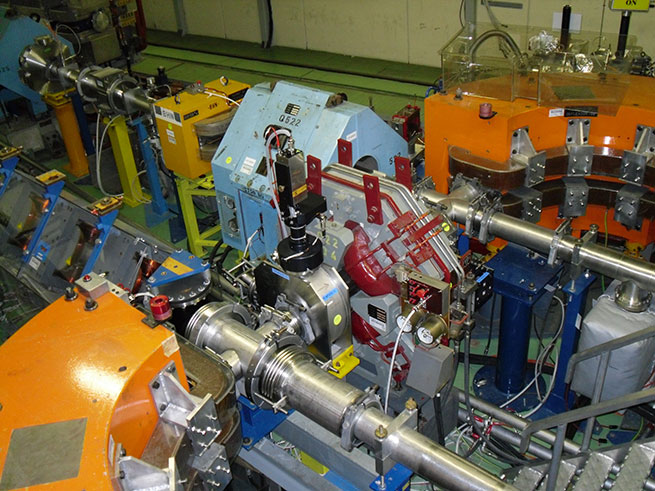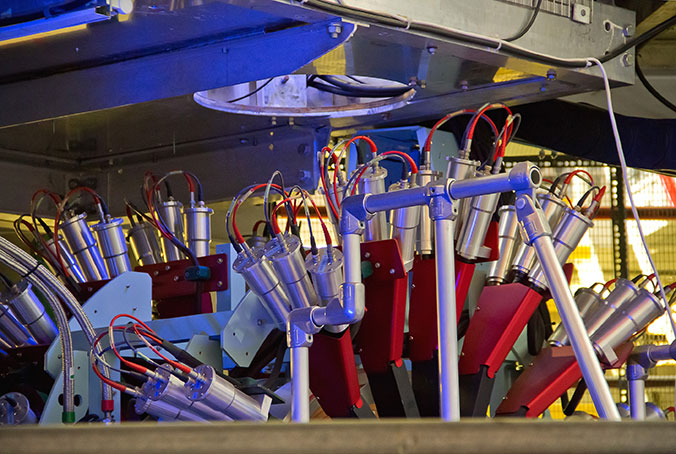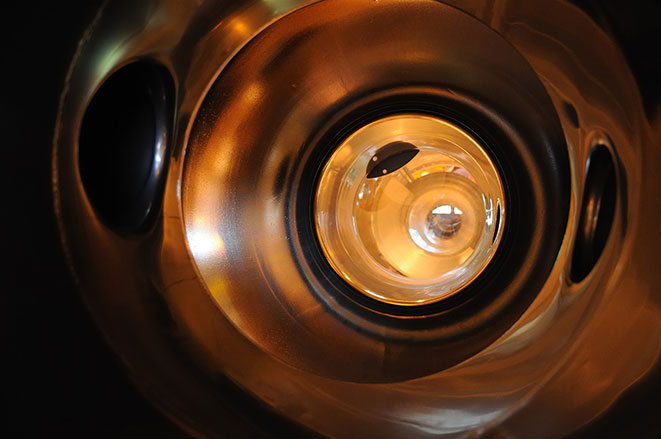Ignitons
Exploring the fundamental building blocks of matter at the subatomic scale


Ignitons
A new class of quasi-particles with profound applications
Ignitons are neutral quasi-particles transmitted by active stars. Like neutrinos, ignitons, in addition to being extremely small, also have no electrical charge– which makes them difficult to detect. A single igniton size, similar to muon neutrino, is r2 = 1.5 × 10−33 cm2 (n × 1 nanobarn). Igniton velocity is also very similar to neutrinos.
Igniton is a fermion, which means that it obeys Fermi-Dirac statistics and a lepton, which means that it does not interact via the strong force but via the weak force. The flux of solar ignitons at the Earth's surface is on the order of 109 ignitons per square centimeter per second.
Ignitons possess a large amount of energy that quantum physics refers to as energy quanta. We can associate ignitons with a life force, known from the time of Khem (Ancient Egypt) and referred to as World Spirit– as ignitons are the basis of the life force (the life of original prokaryote bacteria on Earth was solely dependent on their ability to attract and capture ignitons).
TECHNOLOGY
Current igniton concentration and stabilization equipment
Applications
Transformative potential across multiple fields
Pure Science. Zero Compromise.
Igniton technology represents a three-decade evolution from large-scale hot plasma systems in Switzerland to compact, cold-plasma industrial solutions in Colorado.
SHOP ALL PRODUCTS




